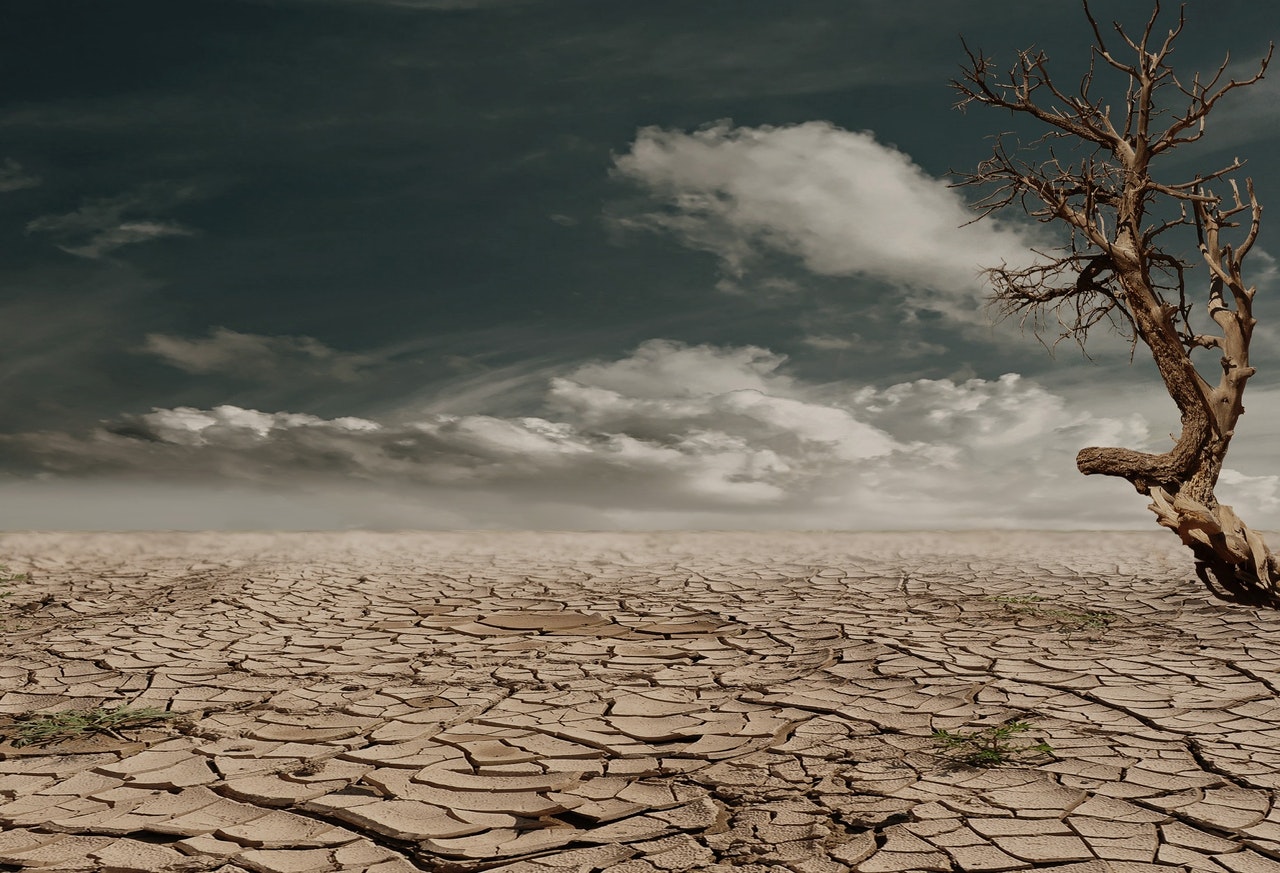
Never before has there been so much early warning and seldom have experts been so unanimous: The shortage of Ukrainian grain will cause the number of people starving worldwide to skyrocket. Furthermore, the undersupply of food and other vital resources may threaten social peace and lead to further, as well as the escalation of existing, political conflicts.
MBI CONIAS regularly updates its dataset on political conflicts worldwide, the update for June 30th, 2022 is currently being delivered. Can first tendencies already be recognized here – harbingers of the predicted conflicts? With over 1,000 existing political conflicts worldwide, no quantitative rash of new conflicts can be determined in the current update. Nevertheless, there is a slight increase in new conflicts. Above all, however, the analysis shows what smaller unorganized groups are demonstrating for, which is often referred to as "social protest" at MBI CONIAS. In a selection of different countries, we show in the following whether and where the predicted undersupply has already occurred and what reactions can be observed:
In Sri Lanka, nationwide protests against a shortage of fuel, medicine and food had already developed in February. There is no explicit reference to the conflict in Ukraine here, as the protest can be dated to before the war in Ukraine and is primarily directed against the failed government policy of the country's own government. However, the issue was significantly intensified by the crisis in Ukraine. The conflict could serve as a blueprint for how other similar conflicts might progress. President Gotabaya Rajapaksa has been on the run for several days after massive countrywide protests.
The enormous water shortage in Egypt has been one of the biggest challenges for the Egyptian government for years. In addition, there are currently rising prices for gasoline and diesel. Since the end of March, the government has been trying to ensure food supplies despite rising inflation by capping the price of bread.
In Libya, riots broke out in several cities as recently as the end of June. These were directed against the sharp rise in food prices since the outbreak of war in Ukraine in February, high inflation and the temporary loss of electricity supply.
In Nigeria, which according to experts is threatened by an imminent famine catastrophe like many other African countries, there have not yet been any demonstrations or protests. However, there were demonstrations against the generally poor supply situation with electricity.
At the end of June, protests against the increased cost of living also took place in Ghana's capital Accra, during which 29 demonstrators were arrested. Beforehand, the demonstrators allegedly set fire to tires and threw stones in the direction of the police. The police used tear gas.
A larger and broader resistance movement against high inflation rates and skyrocketing food prices is currently emerging in Uganda. There, the leader of the opposition movement was already detained for a few days in June, as he was accused of inciting violence as the initiator of a number of protest marches.
In Lebanon, which has been suffering from high inflation since 2018 and whose economic situation continued to deteriorate sharply after a huge explosion at the port of Beirut in 2020, food costs are also said to have escalated in the wake of the war in Ukraine. So far, however, this has not led to demonstrations or riots.
In Iran, after the series of protests in 2019, there are again several reports of people taking to the streets because of the poor supply situation and rising food prices in recent weeks. At the same time as world market prices are rising, the situation is exacerbated by the fact that Iran has removed certain subsidies for food. This time, the protests began in the provinces farther from the capital, as Tehran itself is heavily controlled by police and militia to discourage such demonstrations.
In Ecuador, violent protests erupted across the country last month against rising fuel and food prices. Burning roadblocks, looting of shops, clashes with security forces using tear gas and numerous injuries were the result. The demonstrations were called by CONAIE, the alliance of Ecuador's indigenous nationalities of Ecuador. From rural areas, the wave of demonstrations quickly spread throughout Ecuador. People are demanding fixed fuel prices and fair food prices.
In a report published just a few days ago by the UNDP[1], the United Nations Development Program, experts dare to look into the future based on the figures already known today and see the following countries as particularly threatened by hunger and poverty: Armenia, Uzbekistan, Burkina Faso, Kenya, Rwanda, Sudan, Haiti, Pakistan, Sri Lanka, Ethiopia, Mali, Nigeria, Sierra Leone, Tanzania and Yemen.
But many other countries will also feel the effects of the energy and food crisis in the coming months. It is already known today that even highly developed industrial and welfare states such as Germany fear the force of an energy price crisis in the fall and are warning their population of the consequences. In combination with another potential wave of the Corona pandemic at the same time, we can expect a sharp increase in political risks of all kinds around the world in the coming months.
Our data can show you which countries are expected to fare better or worse through the crises. In addition, you can learn the differences between and the interrelationships of political risks yourself and become a political risk expert in our educational program at the MBI CONIAS Academy. Please contact our team of experts for further information.
About the author:
Dr. Nicolas Schwank
CONIAS Risk Intelligence
Michael Bauer International GmbH
Sources:
[1] UNDP (Ed): Addressing the cost-of-living crisis in developing countries: Poverty and vulnerability projections and policy responses. New York. July 2022. Download: https://www.undp.org/publications/addressing-cost-living-crisis-developing-countries-poverty-and-vulnerability-projections-and-policy-responses


